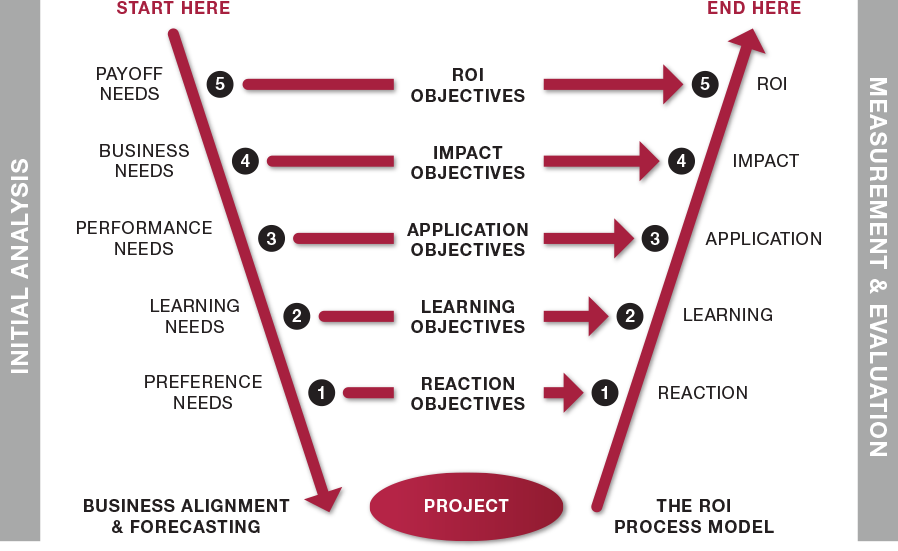Knowledge and capabilities you acquire
Assess data collection techniques, timing, and methodologies.
Assessing data collection techniques, timing, and methodologies means evaluating how and when information is gathered, and the methods used to collect it.
It involves determining if the data collection process is effective, accurate, and well-suited for the specific task at hand.

Select suitable strategies to delineate program impacts.
Selecting suitable strategies to delineate program impacts involves choosing the right methods and approaches to understand and show the effects or outcomes of a particular program.
It’s about deciding how to measure and demonstrate the program’s success or influence on its intended goals or objectives.
Translate impact metrics into monetary equivalents.
Translate impact metrics into monetary equivalents.Translating impact metrics into monetary equivalents means converting the measurements of a program’s success or outcomes into financial terms, typically in terms of dollars or currency
- This process involves assigning a monetary value to the positive effects or achievements of a program.
- It helps organizations quantify the tangible economic benefits of their initiatives.
- By doing so, it becomes easier to understand and communicate the real financial value generated by the program.
Analyze data and compute the tangible financial Return on Investment (ROI).
Analyzing data and computing the tangible financial Return on Investment (ROI) means examining the information collected to determine how much profit or value a particular investment or project has generated.
It helps organizations assess whether their financial resources were used effectively and whether the venture was worthwhile.
Deliver findings to diverse audiences, including executives and key stakeholders.
Delivering findings to diverse audiences, including executives and key stakeholders, means presenting the results and insights gathered from a project or initiative to a wide range of people who have a significant interest in the outcome
- This process involves effectively communicating the important information to decision-makers and those directly affected by the project.
- Executives need this data to make informed strategic decisions, while stakeholders need to understand the impact on their interests.
- Tailoring the message to each audience is crucial for ensuring clarity and relevance in the communication of findings.

